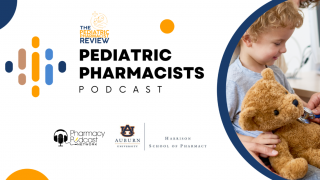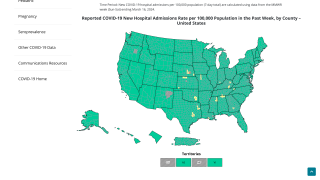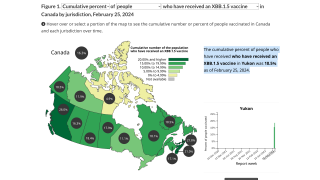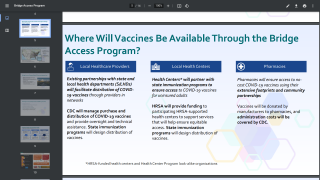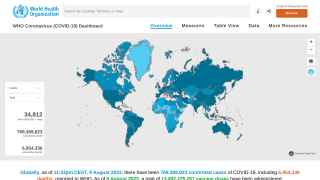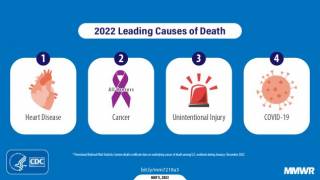Research Demonstrates Novel Mechanisms by Which SARS-CoV-2 Enters Host Cells
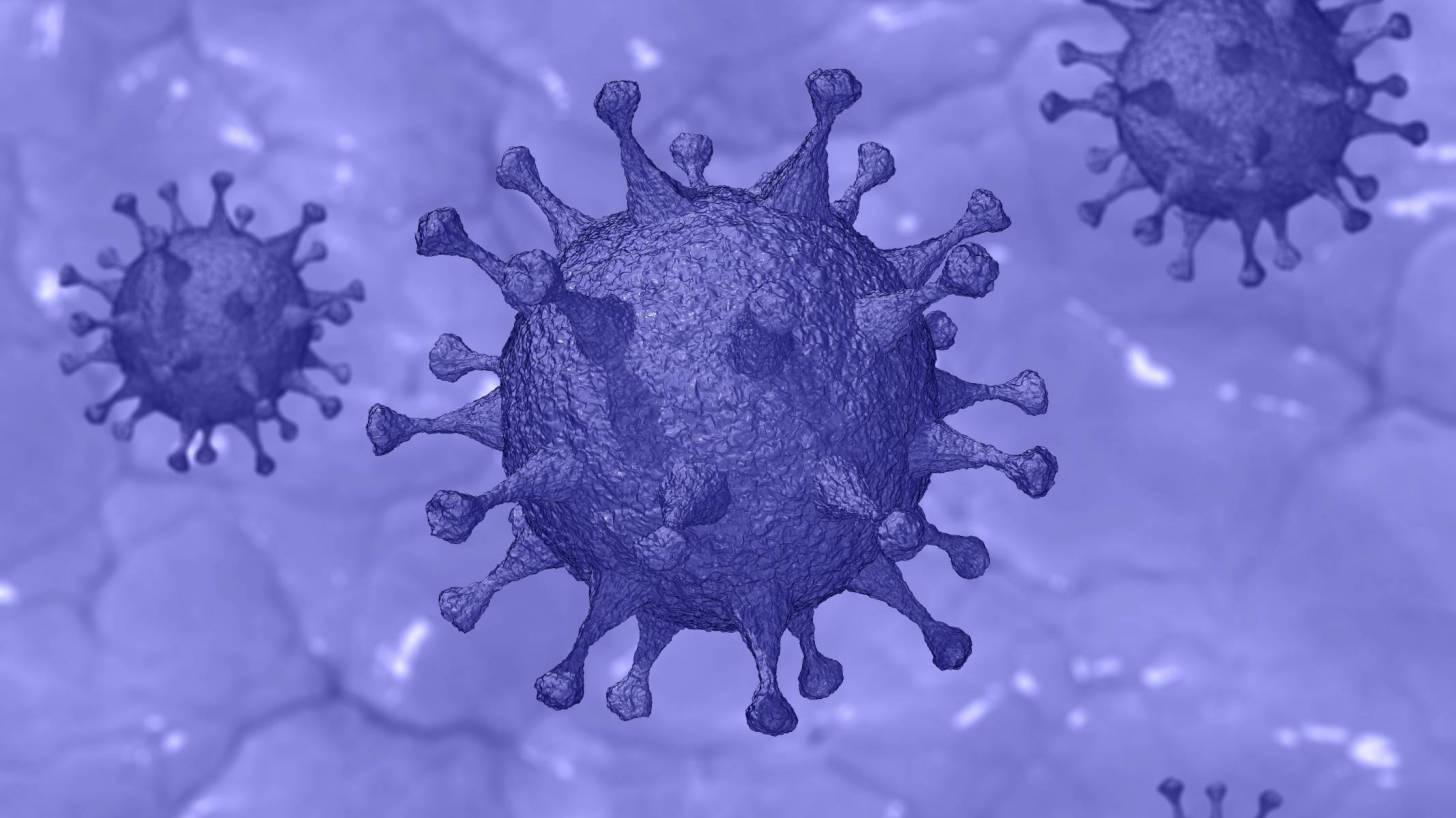
A San Francisco-based immunology company announced new preclinical research highlighting novel mechanisms by which SARS-CoV-2 (Severe Acute Respiratory Syndrome Coronavirus-2) enters host cells and identifying how auxiliary receptors may impact the clinical efficacy of monoclonal antibodies (mAbs).
The non-peer-reviewed research highlights the distinct mechanism of action of a non-receptor-binding motif (RBM)-targeting antibodies, such as Vir Biotechnology, Inc. VIR-7831 and VIR-7832, the Company’s investigational SARS-CoV-2 mAbs that target a conserved non-RBM site within the receptor-binding-domain (RBD).
While prior literature has shown that the virus binding mediates a SARS-CoV-2 infection to the ACE-2 entry receptor, findings from this new research posted on BioRxiv highlight the importance of three additional auxiliary receptors that enhance infection mediated by the ACE-2 receptor.
This study addresses the role of DC-SIGN and L-SIGN lectins in infection and further identifies the SIGLEC1 lectin as a new participant in infection.
SIGLEC1 is of particular importance because it is highly expressed and associated with SARS-CoV-2 in macrophages – an inflammatory cell type prominent in the lungs of patients with severe COVID-19.
These cells can bind to infectious SARS-CoV-2 and present the virus to another cell to establish infection in that second cell.
These auxiliary receptors also play an essential role in modulating the neutralizing activity of different classes of spike-specific antibodies. They may contribute to viral dissemination in the most severe COVID-19 cases.
This study addresses another important aspect of the influence of the experimental methods used in measuring the neutralizing activity of different classes of spike-specific antibodies.
Cells that overexpress ACE-2 at levels above normal cells are widely used in neutralization assays because they can be infected with high efficiency.
While these cell lines effectively measure the neutralizing activity of antibodies that target the RBM of the SARS-CoV-2 spike protein, they inadequately measure the neutralizing activity of non-RBM antibodies, as well as antibodies that target the N-terminal domain (NTD) of the spike.
The NTD is a major target of human immunity to SARS-CoV-2.
This observation indicates the significant limitations of using cells overexpressing ACE-2 for studies of mAbs and measuring serum neutralizing antibodies elicited by vaccination or infection.
When tested in more physiologic conditions, with cells expressing low levels of ACE-2 together with lectin receptors, non-RBM antibodies showed an enhanced ability to block viral infection.
S309 (the precursor to VIR-7831 and VIR-7832), which targets a conserved non-RBM site within the RBD, showed enhanced neutralizing activity, reaching 100% neutralization.
In contrast, antibodies that target the RBM were less effective in preventing infection.
Additionally, a subset of the RBM-targeting antibodies analyzed in the study, including three clinical-stage antibodies, was shown to promote cell-cell fusion driven by the SARS-CoV-2 spike protein, potentially enabling the cell-to-cell spread of the infection.
“As we continue to advance research that elucidates the mechanisms of SARS-CoV-2 infection, including the development of the disease and immunity to infection, one consistent finding of this study appears to be that certain classes of mAbs have potential advantages at blocking auxiliary receptor-enhanced infection” stated Herbert “Skip” Virgin, M.D., Ph.D., chief scientific officer of Vir, in a related press release.
“These data, together with recent studies showing an 85% reduction in hospitalization and death in high-risk outpatients receiving VIR-7831 compared to placebo and promising performance against SARS-CoV-2 variants in the lab, add to the growing body of evidence suggesting that antibodies that bind to a conserved non-RBM site of the virus are well suited to help treat and/or prevent COVID-19 infection and have the potential to address both current and future mutations.”
VIR-7831 and VIR-7832 are investigational compounds not approved by the U.S. Food and Drug Administration (FDA) or any other regulatory authority.
Recently, GlaxoSmithKline plc and Vir applied to the FDA on March 26, 2021, requesting Emergency Use Authorization for VIR-7831 (GSK4182136) for the treatment of adults and adolescents (aged 12 years and older weighing at least 40 kg) with mild-to-moderate COVID-19 who are at risk for progression to hospitalization or death.
This FDA EUA submission is based on an interim analysis of efficacy and safety data from the Phase 3 COMET-ICE (COVID-19 Monoclonal antibody Efficacy Trial - Intent to Care Early) trial, which evaluated VIR-7831 as monotherapy for the early treatment of COVID-19 in adults at high risk of hospitalization.
California-based Vir Biotechnology is a clinical-stage immunology company focused on combining immunologic insights with cutting-edge technologies to treat and prevent serious infectious diseases.
PrecisionVaccinations publishes research-based news.
Our Trust Standards: Medical Advisory Committee
- Membrane lectins enhance SARS-CoV-2 infection and influence the neutralizing activity of different classes of antibodies
- Vir Biotechnology Announces New Research Demonstrating Novel Mechanisms by Which SARS-CoV-2 Enters Host Cells
- GSK and Vir Biotechnology Announce Submission of Emergency Use Authorization Request to FDA for VIR-7831 for the Early Treatment
- VIR-7831 Anribody


